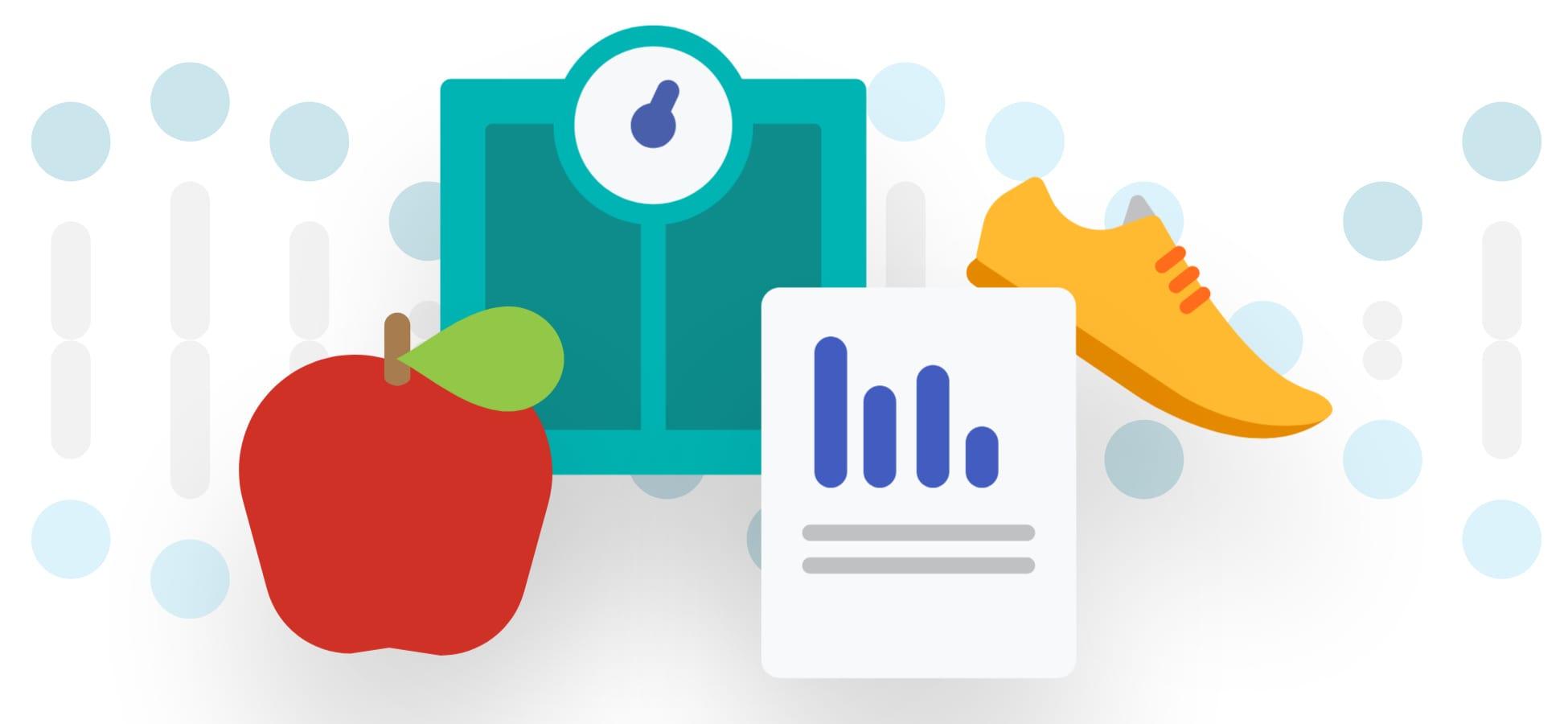The numbers are staggering.
In the last two decades, the number of Americans with Type 2 diabetes has reached epidemic proportions. More than a third of adults in the United States are pre-diabetic. The vast majority of them, 84 percent, don’t even know they are at risk.
About 34 million people in the US have diabetes, and 20 percent don’t know it. Type 2 diabetes is the seventh leading cause of death in the United States. The costs for treating those with diabetes are estimated to be more than $327 billion annually, according to the American Diabetes Association.
Preventable
Delayed diagnosis for those who are pre-diabetic as well as those who have already developed type 2 diabetes, hampers effective treatment. According to the Centers for Disease Control, more than seven million people in the United States have undiagnosed diabetes. And more than 80 million are pre-diabetic and at risk.
This is all for a largely preventable condition.
Like a lot of different conditions, early diagnosis or more accurate predictors for risk could help those at the highest risk for type 2 diabetes. Right now, the process by which we screen for the risk of developing type 2 diabetes relies primarily on age, family history, and body mass index (BMI). But a recent study by researchers from 23andMe identified how we could improve that, offering hope to identify people sooner who have an increased likelihood of developing type 2 diabetes.
Improving Screening
The study, published in a special issue of the journal Frontiers in Genetics found that adding genetics in the form of a polygenic risk model to family health history and BMI can substantially improve current screening for type 2 diabetes.
“Type 2 diabetes is an enormous public health issue affecting millions of people in the United States alone,” said Jeff Pollard, MD, 23andMe’s Director of Medical Affairs and a co-author of the study. “This paper shows that using a polygenic risk model for T2D adds information that is separate from family history, countering one major argument against the utility of using this kind of polygenic risk model in population screening.”
Not only does adding the polygenic risk model improve screening for those at risk for type 2 diabetes, but it would also identify slightly more individuals with type 2 diabetes who simply don’t yet know they have it. This offers opportunities for earlier treatment for those with the condition and prevention for those who have not yet developed type 2 diabetes.
Polygenic Scores
Over the last several years, scientists have developed so-called polygenic scores that rely on large sets of genetic and non-genetic data to better calculate disease risk. For this study 23andMe, researchers relied on data from more than 3.8 million 23andMe customers who consented to participate in research. Then our scientists combined results from several genome-wide association studies to identify more than 11,000 genetic variants associated with type 2 diabetes. From there, researchers built a model to assess the likelihood of developing the condition.
The field of genetic prediction has relied mostly on data from participants of European descent, and the lack of global representation has often meant that polygenic scores developed in one population don’t work as well in others. In this study, however, 23andMe scientists were able to show that the PGS would help in screening practices in the Hispanic/Latino community as well.
Although 23andMe uses a polygenic risk score for its Type 2 Diabetes Report (Powered by 23andMe research), it is not the same as the polygenic risk score used in this research. The T2D report calculates a polygenic score based on more than 1000 genetic variants, the research is based on a model that includes 11,999 variants. In addition, the report also relied on phenotypic data from more than 1.1 million 23andMe customers who consented to participate in research. While the research included phenotypic data from more than 1.6 million customers who consented to participate in research.
Read more posts on type 2 diabetes and polygenic scores:




